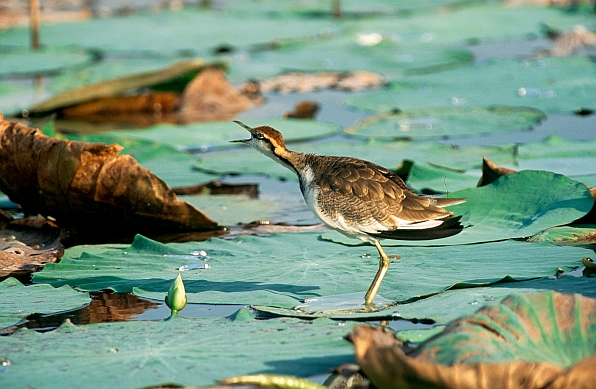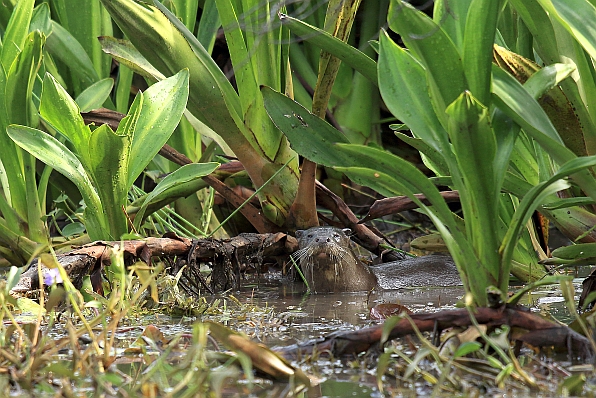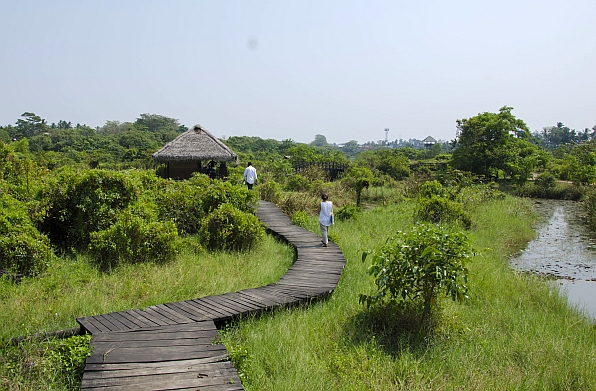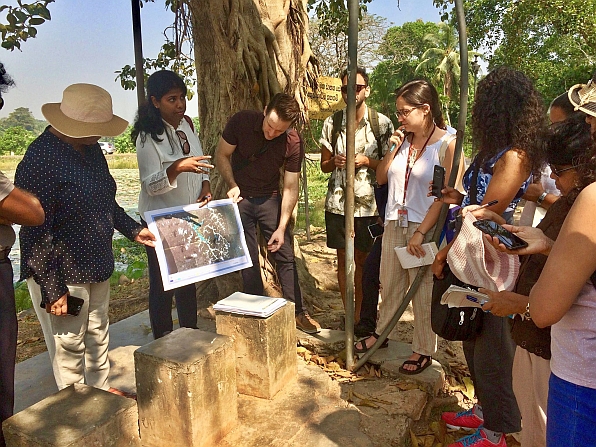Valuing natural capital for sustainable urban development

Photo: Sanjiv de Silva / IWMI
On the occasion of World Wetlands Day, we at the International Water Management Institute (IWMI) are proud to join colleagues from Colombo, Sri Lanka, which hosts our headquarters, in drawing attention to the value of the unique ecosystem on and around which the city has been built and continues to expand rapidly. Consisting of a series of interconnected wetlands, which occupy a total of about 1,900 hectares, this ecosystem is referred to as the Colombo Wetlands Complex.
Last year, Sri Lanka’s Department of Wildlife Conservation nominated Colombo for “wetland city accreditation” under the Ramsar Convention. This is the “intergovernmental treaty that provides the framework for national action and international cooperation for the conservation and wise use of wetlands and their resources.” IWMI researchers assisted in developing the nomination, and we look forward to learning the outcome later this year.

The Colombo Wetlands Complex would seem to be exactly the sort of place the Ramsar Secretariat had in mind when it created the new accreditation scheme and selected the theme for World Wetlands Day 2018: “wetlands for a sustainable urban future.” This ecosystem offers a variety of services with signficant economic value, which accrues to all of the city’s inhabitants but especially the poorest. Among the best-known benefits are the production of food (particularly rice, fish and livestock) and provision of traditional medicines. In addition, the wetlands provide habitats for hundreds of animal and plant species, some of which are endangered. Less apparent but vitally important is the role of wetlands in controlling floods, moderating high temperatures, mitigating climate change and lowering air pollution.
Despite the clear value of these ecosystem services, however, they are in decline, as infill and indiscriminate dumping of solid waste reduce the wetland area at an estimated rate of 1.2% a year. A further threat is poor water quality, primarily the result of untreated domestic wastewater. Moreover, drainage of the wetlands has made them susceptible to invasive plant species, which threaten native biodiversity.

Much to their credit, the government of Sri Lanka and the municipality of Colombo recognize the value of the city’s wetlands and have embarked on various efforts to curb the threats they face. In consultation with the National Wetland Steering Committee, a wetland management strategy has been developed for Colombo, and several of the city’s wetlands have been rehabilitated for bird watching and recreation.
In support of these efforts and in the spirit of the Ramsar Convention, IWMI recently organized a visit for local journalists to representative wetland sites (see below the resulting media coverage), in collaboration with the Sri Lanka Land Reclamation and Development Corporation (SLLRDC). We also took part in various wetland events organized by the SLLRD on and in the run-up to World Wetlands Day (February 2). In a parallel effort to underline the importance of wetlands in urban planning, we published an opinion article in The Bangkok Post.

These activities formed part of our ongoing communications campaign in 2018, aimed at helping build the case to bring wetlands and other “natural infrastructure” more fully into development planning and practice.

